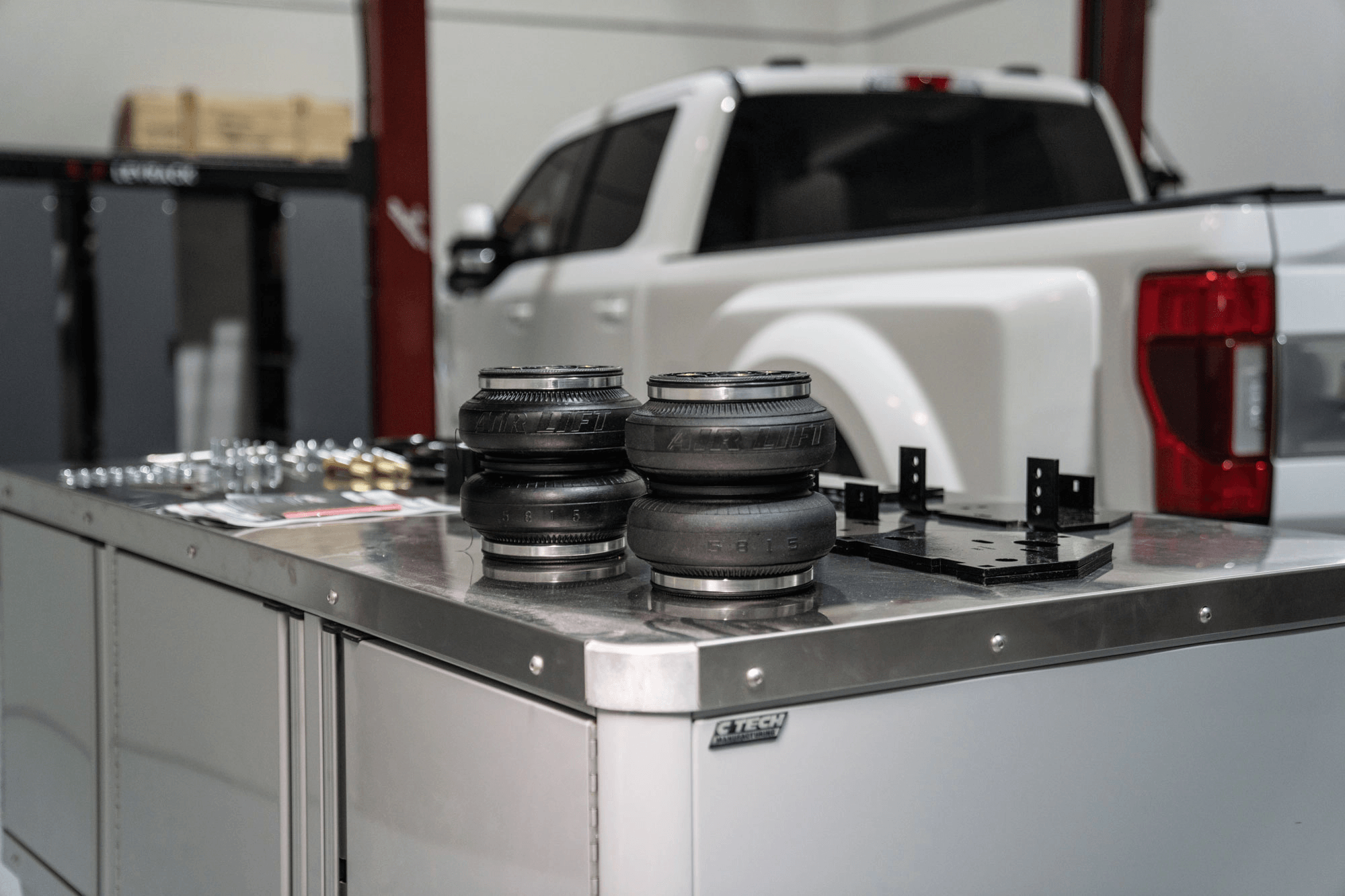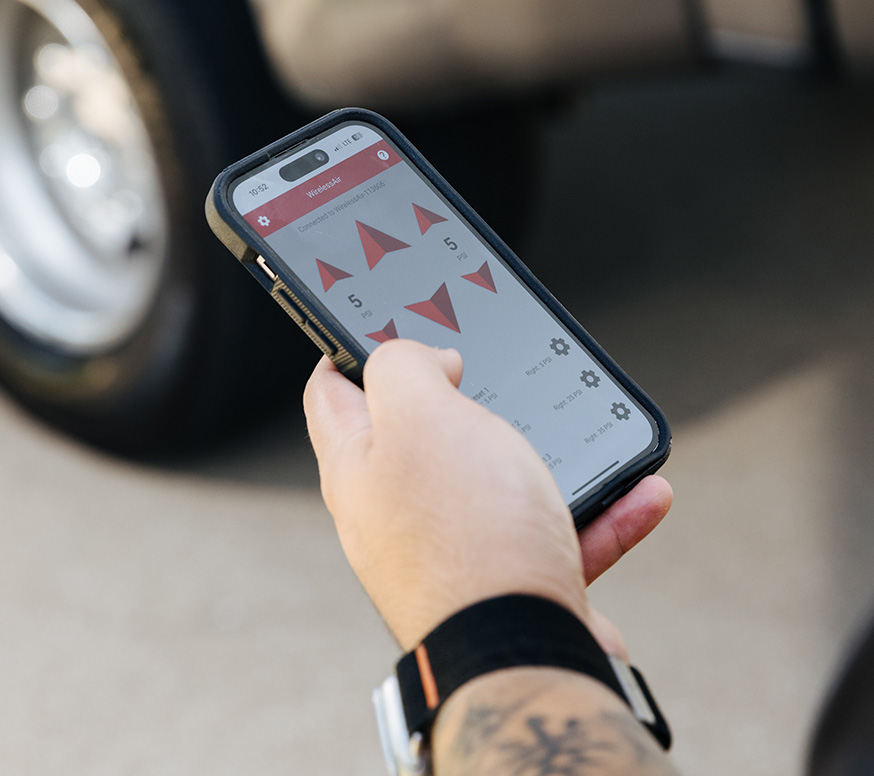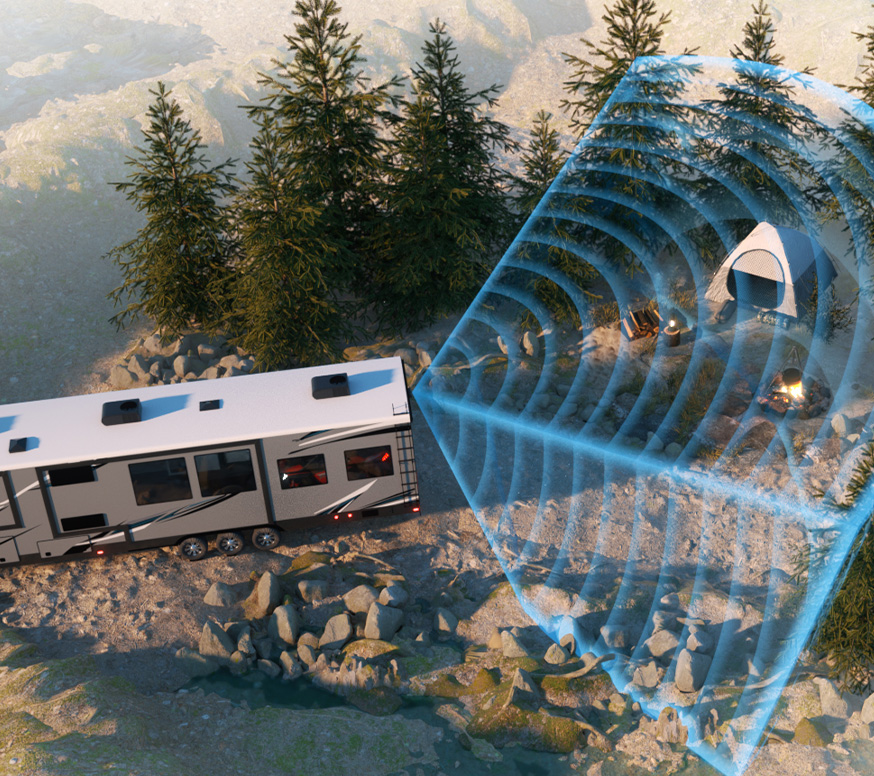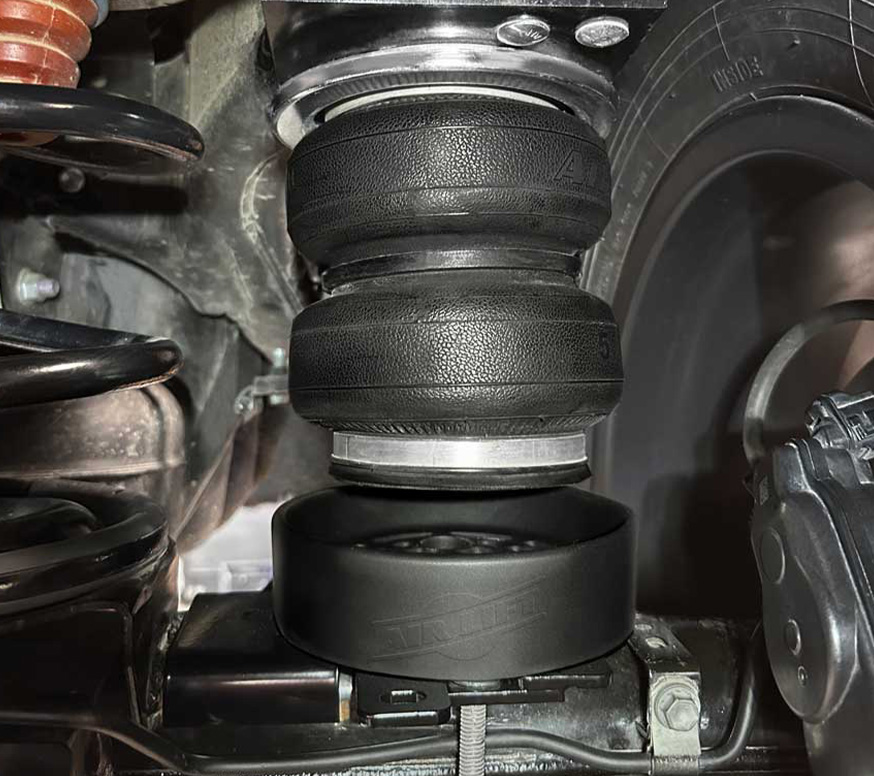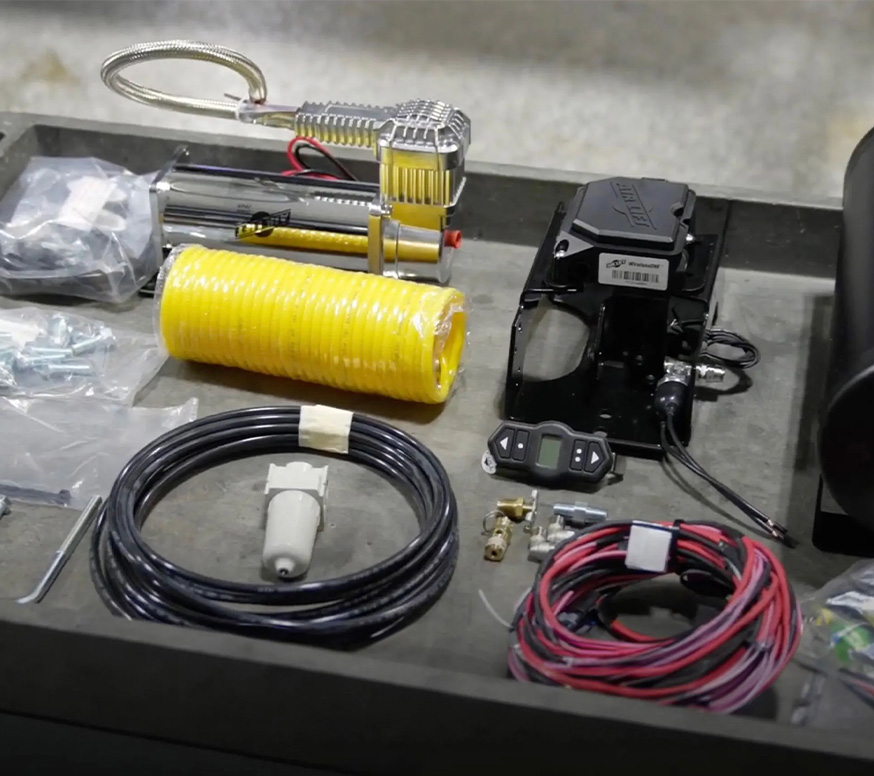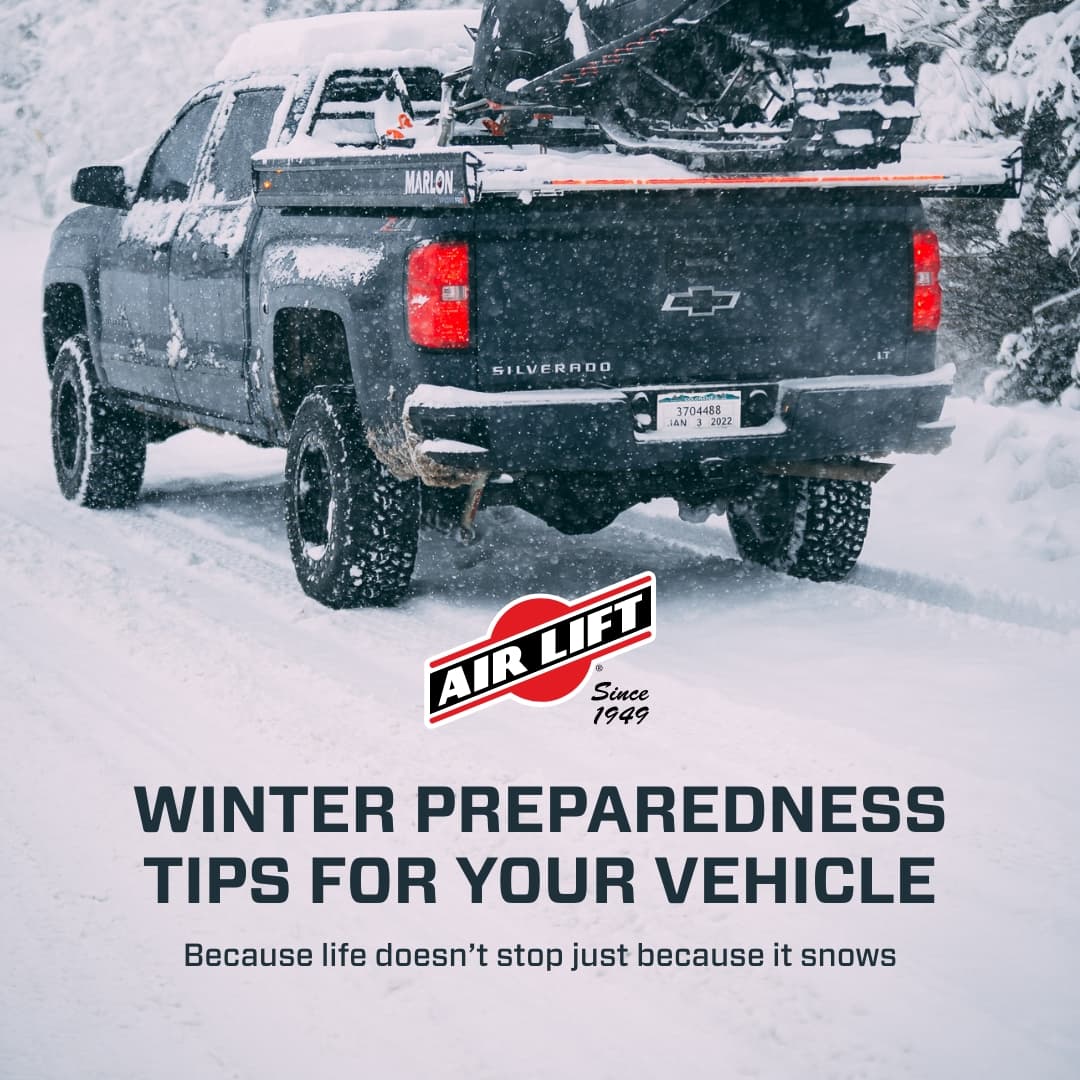
How Air Springs Are Made
7/14/2014
Air spring suspension systems have been around since they were patented in 1901…but a lot of things have changed in the last hundred years, especially in making and testing those air springs. Take a minute or two to learn a little about the behind-the-scenes action when it comes to the air springs you see on Air Lift shelves.
Creation of air springs
The red bag (Air Lift 1000) production process begins with tiny polyurethane pellets, which are colored red, melted down, and forced into a mold. The machine used to mold the air bags only forms one half of each bag at a time, which means the next step is melting the two halves together along a seam. As you might have learned the hard way at some point in your life, the seams are usually the most vulnerable part of your pants—but the seam is also the most vulnerable part of your air spring air bag. Since the two halves of the air spring are melted together, a seam is left behind, and that seam must be tested in order to ensure that the vulnerability doesn’t affect the utility of the air spring as a whole. A mechanism in the shop here will pull the two halves away from each other; if they come apart, the whole batch goes back a step, and the engineers in the plant fix the problem. Once the seams have proven themselves durable, and therefore worthy of your ride, they move on to packaging.
Air Lift also offers bellows-style (LoadLifter 5000 series) and sleeve-style (RideControl series) air springs, which are created a little differently than the red bags. The end caps are made here in the Air Lift plant, but the rubber and polyester portions (i.e. the parts that make these air springs look like tiny car tires) are purchased from our trusty suppliers. The end caps are swaged to the rubber, creating the pressurized, air-tight springs that you know and love.
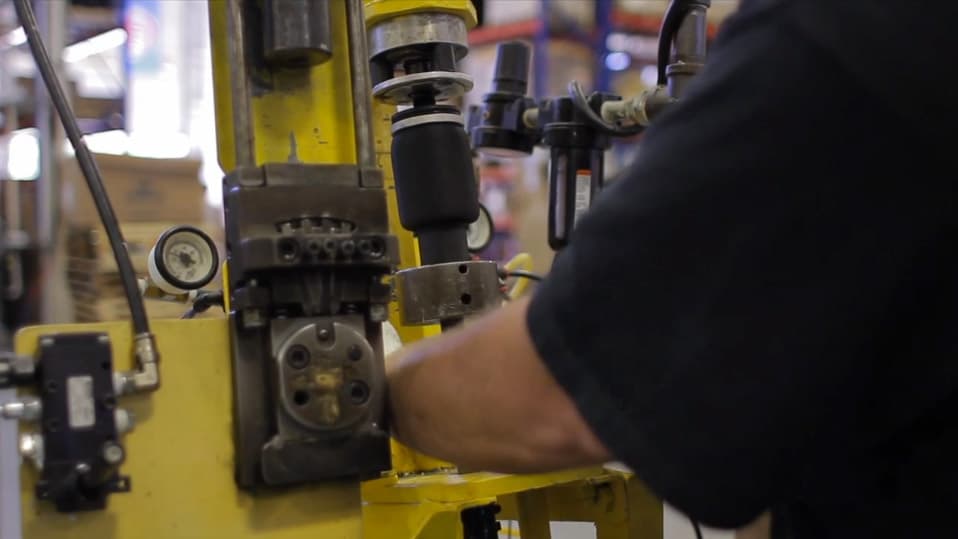
Standardized testing—but not like your high school days
Before our air springs are allowed anywhere near the customer, we put them through rigorous testing to simulate any and every extreme that they might go through in a lifetime. A hydraulic test rig puts the springs through one million cycles, which translates to 100,000 miles on the road, track, or off-road mud pit. The test rig drops a ton of weight onto the springs repeatedly, in a regular, bouncing motion, to ensure that the springs don’t give out or wear down after time.
The burst test
The burst test is a quality control test that the bellows-style and sleeve-style air bags go through before they see the customer. The air bag is filled with water, then attached to a high-pressure hose akin to that of a firefighter. Its intense, high-pressure flow is sent straight into the air bag, which expands to accommodate the new pressure…until the material rips. Don’t worry, that’s what’s supposed to happen. This test is done to ensure that the end caps won’t pop off in a high-pressure situation (literally).
Granted, all things must end, and Air Lift air springs are no exception—but they’re pretty darn close to being exempt from mortality, thanks to a sound production process, effective testing, and highly focused quality control.
